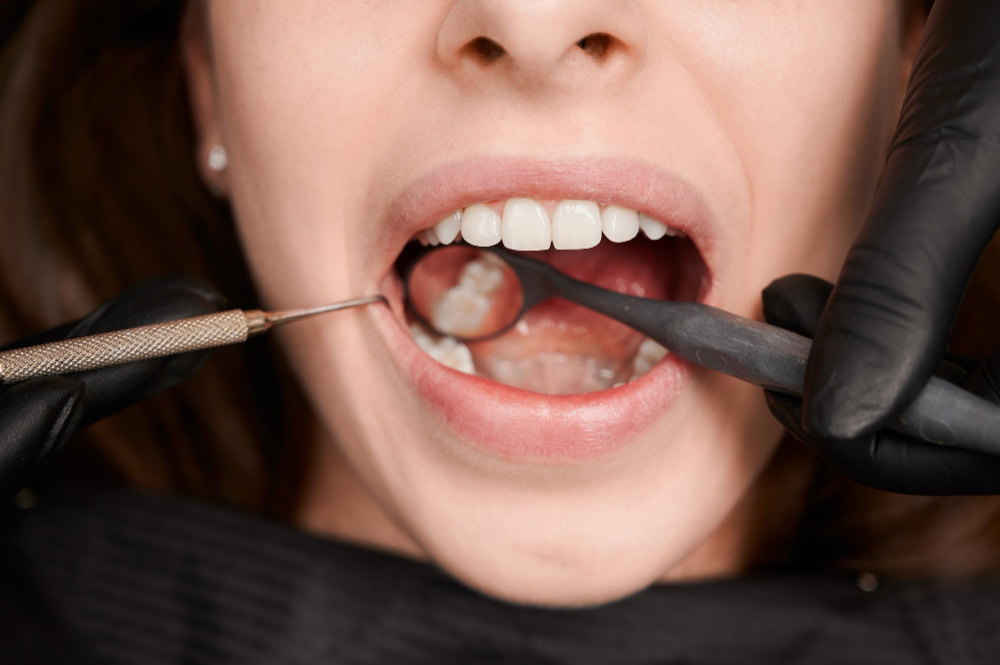
Despite widespread belief to the contrary, fillings do not last forever and will need to be replaced at some point due to wear, loosening, or other issues. Throughout their lives, the vast majority of individuals will need at least one replacement. Dental fillings should be changed at your dentist’s discretion. It is not common practice for dentists to remove fillings simply because of their age. Instead, they consider the patient’s oral hygiene routine and the filling material. Their primary concern is whether or not the filling is doing its job and preventing additional degradation.
At What Point Do I Require a Filling?
You’ll likely require at least one filling throughout your lifetime. If your dentist mentions the possibility of needing a filling after your routine dental checkup, do not panic. Signs that you may require a filling include increased sensitivity, a chipped or cracked tooth, black patches, or severe discomfort.
To prevent additional damage or the cavity from spreading to other teeth, a dentist will eliminate the decaying portion and fill the space. The extent of damage caused and the kind of fillings will determine the course of therapy. Gold, amalgam, composite, and porcelain are just a few of the many materials that may be utilized to create a healthy and beautiful restoration for a tooth that needs a filling.
How Often Do Filling Need to be Replaced?
Depending on the material, a repair might have the following expected lifespans:
Amalgam Fillings
Historically, amalgam fillings have been the gold standard. Because of how long-lasting and efficient they are, amalgam fillings have been utilized for over a century. Metal fillings have a lifespan of roughly 15 years on average before they need to be changed. However, this may vary depending on variables, including how often you brush and floss your teeth and whether or not you grind or clench your teeth.
Composite Fillings
Fillings that blend in with teeth are composed of tiny bits of plastic and glass. They are made to look just like your natural teeth so that they disappear when you smile. They’re sturdy even though they’re not constructed of metal. They usually need to be changed every 10 to 12 years.
5 Indications That You May Need a Dental Filling Replacement
Symptoms indicating it is time to have a filling replaced include:
- Your teeth hurt when you eat cold or hot foods or when you clean them.
- The filling is obviously broken, chipped, or cracked.
- The filling area of the tooth is painful.
- You just hurt a tooth that had been filled.
- Please see a dentist quickly; your filling is either loose or missing.
Conclusion
Your dentist will inspect each of your fillings during routine exams to determine if you require them to be replaced. If so, you and your partner may discuss which kind suits you best. With care for your teeth and gums, they may survive for years. It’s important to clean your teeth thoroughly after each meal. Make use of fluoride-containing mouthwash after brushing.
